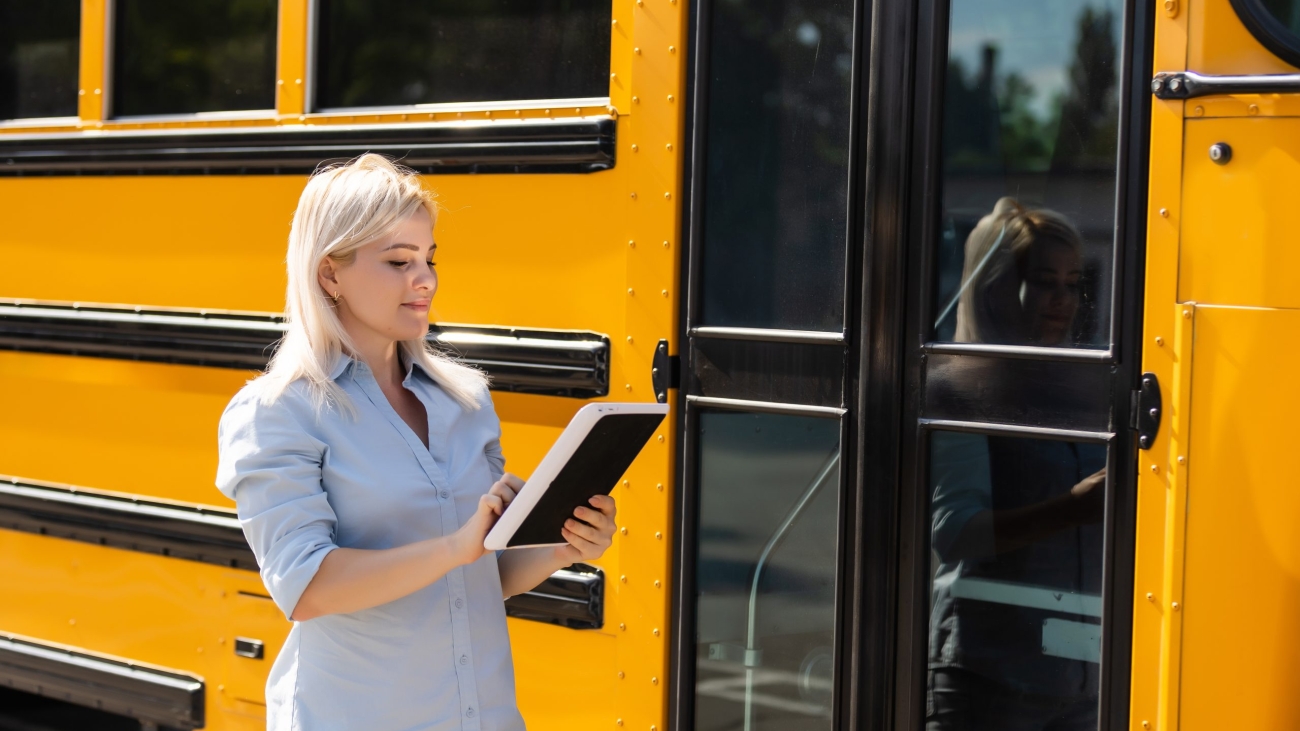Vulnerability assessments are essential for helping those responsible for providing safety and security in buildings, such as schools and office buildings, to identify potential safety risks. Vulnerability assessments involve a comprehensive review of the facility, including areas such as entrances, design and use of landscaping, use of surveillance systems, emergency exits and so on. Expert observations can then be used to identify any key safety risks that may exist in and around the building and make recommendations for improvement. By properly assessing risk and implementing preventative measures, schools and offices can create a safe and secure environment for students and staff alike. Ultimately, vulnerability assessments are an important step in ensuring the safety of any building’s occupants.
A helpful tool to assess the potential vulnerability of an area is the CPTED (Crime Prevention Through Environmental Design) assessment, which looks at how the environment itself can be used to prevent crime and protect occupants. For example, installing adequate lighting in dark areas that can expose or remove places where criminals could hide. The goal is to leverage CPTED in an attempt to minimize crime or the fear of crime by reducing criminal opportunities while encouraging its use by legitimate users. The core pillars of an evaluation include natural surveillance, access control, territorial reinforcement and maintenance.
Natural surveillance looks at ways to increase visibility of people and property by strategically arranging physical elements such as vegetation or windows. When evaluating natural surveillance, an expert will observe how these elements can be used to maximize visibility and minimize hiding places. Architecturally, large windows can be designed in the lobby of the building to ensure those at the front desk–or in classrooms–can see what is happening outside to give them time to react if they see something or someone dangerous or suspicious. It also puts potential threating individuals on notice, that they are being seen by others.
Access control physically guides people who are coming into and leaving from a space. By intentionally placing landscaping, lighting, signage, fencing and other directing features, visitors have direct, obvious and safe access to locations in and around a building. An assessor would evaluate the layout of the building and property to limit potential unwanted and unauthorized access. Additionally, mechanical access control could include access control systems such as card readers and locks, as well as physical barriers or fences. This form of evaluation is especially important when it comes to schools since they often have many doors (and other access points) which are difficult to continually monitor for unauthorized access.
Territorial reinforcement is a principle that looks at how physical elements can be used to communicate welcomeness to authorized and notice to unauthorized presence. It can be used to psychologically thwart unauthorized access to an area. For those who belong, like students in a school, it helps them feel safe and secure in their environment by establishing boundaries between public and private spaces and who is authorized to be there. For example (at a school) parking lots with associated signage indicate who is authorized to park in certain spaces such as “visitor parking” or “student parking.” Entrances may indicate “check in” locations or prohibited locations. If an adult parked in student parking, then made his way into the school via a side door rather than checking in at the main office, an observer would instantly recognize the problem and be able to report it and respond. In other locations putting up signs that read NOTICE: No Visitors Beyond This Point Hospital Personnel Only, velvet ropes in a museum, or wayfinding flooring patterns to direct people where to go and where they are not authorized to be,clearly sets boundaries and are easily recognized. Territorial reinforcement tactics designed to limit unauthorized access can even include certain types of art. For instance, portraits depicting people of authority with intent gazes can make those who enter the space feel as if they are being watched.
Finally, maintenance evaluates how an area is being cared for on an ongoing basis. Maintenance includes specific standards to ensure safety. An assessor will verify if the lights are functioning and effective, check locks on the doors and outside gates, see if any signage is unreadable (sun-bleached or covered with mud), is trash cleared, etc. They will also review the landscaping, which is a critical element because if foliage has grown too high, it can block the view and negate the natural surveillance benefits of a clear view. Tree limbs should be cut to a height of six feet or above and bushes should be no more than two-feet tall.
Vulnerability assessments play an important role in developing effective strategies to reduce potential hazards, crime and fear of crime. They help to create better emergency management plans so that if unexpected problems arise, they can be quickly addressed. The assessment will also inquire about existing safety protocols and if they are being followed properly.
Upon completion of the CPTED Assessment and others, if necessary, the AEGIX team will produce a report with recommendationsfor improvements and recommended training. AEGIX AIM (Active Incident Management) works hand in hand with the assessment and training. AIM technology builds upon these base-level plans and recommendations to take communication and emergency management to much more effective levels. For example, if an unauthorized individual got through the front doors and past the lobby and was seen walking in an area where he clearly was unauthorized, the observer could use AIM immediately notify others to take action. They could immediately initiate a lockdown, shelter in place or any other practiced directive to keep occupants safe if the person was seen as a threat to safety. An essential element to note is that training is critical. A school can have a good building layout, good technology, good plans and protocols, but it means little without proper training. If the people are adequately trained to act according to the protocols, particularly in high-stress or terrifying situations, it will save lives.

